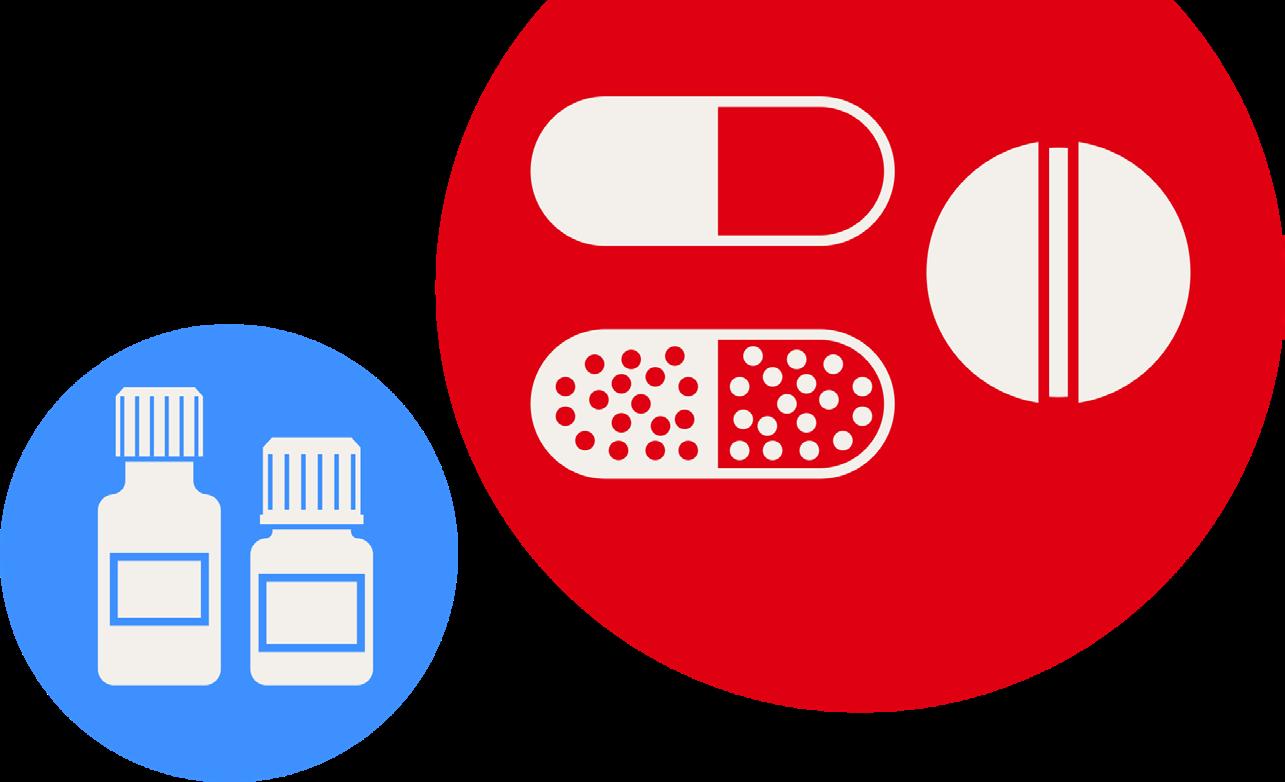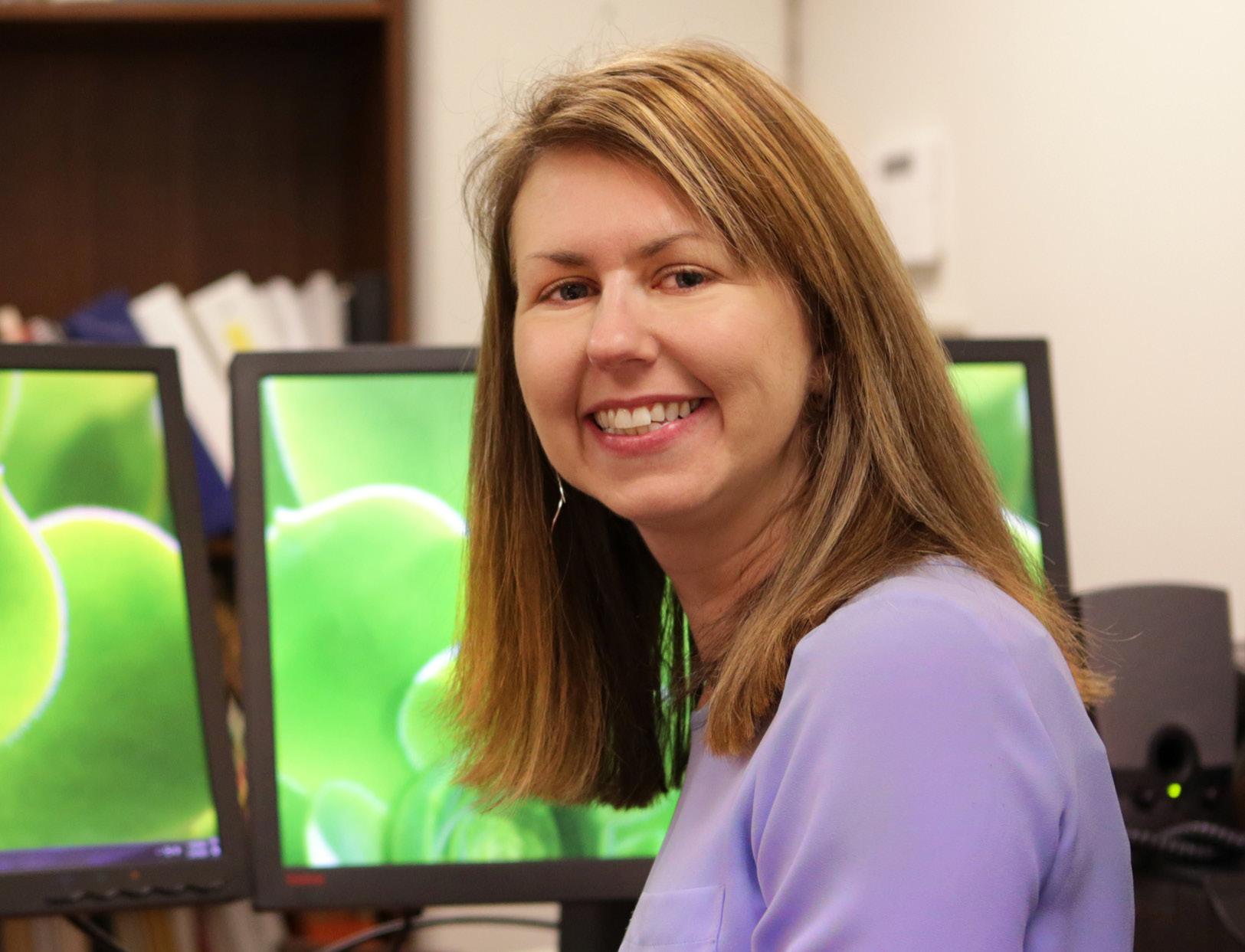
3 minute read
Translational Science
from Fall 2017
by uncchemistry
Ribometrix
Translational Medicine Based on UNC Chemistry
Advertisement
For roughly a decade, Professor Kevin Weeks and his laboratory colleagues have been developing chemical technologies for interrogating the structures of RNA molecules and then using these technologies to understand new features of biology. RNA is that funny little molecule that lies between DNA and proteins according to first-year biology textbooks. It turns out that RNA functions in a much more complex way than that simple picture and, in fact, drives central communication links in all cells. The technologies developed in the Weeks lab are now collectively called SHAPE and RING chemistries, have been adopted by laboratories worldwide, and are featured in several recent textbooks.
Weeks lab members have used SHAPE and RING technologies to understand the structures of HIV and HCV genomes and to define mechanisms that underlie Huntington’s disease, leading to the proposal that RNA structure comprises another level of the genetic code. “This was all well and exciting” says Weeks, “but it became clear to us that we could use this same technology to potentially discover drugs to treat serious human diseases.” It turns out that a much larger fraction of the human genome is used to make RNA than to make proteins, but only a handful of current drugs actually target RNA. The bottom line was that RNA-targeted drugs represented a huge, exciting, and risky opportunity.
Dr. Weeks started Ribometrix to realize this goal and recruited a former student, Katie Warner, to co-found the company with him. The key insight that inspires Ribometrix is that SHAPE and RING strategies can be used to
Ribometrix
Translational Medicine Based on UNC Chemistry

identify RNA motifs in therapeutically compelling RNAs that have cave-like clefts and crevices. Small molecules that bind in these clefts may modulate RNA function and the underlying biology. If successful, Ribometrix could make finding drugs that target RNA straightforward in the sense that targeting RNA will be no harder than targeting proteins, the cellular targets of most drugs. Weeks notes, “targeting proteins is still a big challenge, of course, but Ribometrix technologies are easily adapted to high-throughput screening of many RNAs and small molecules, so there is also a tremendous opportunity here.”
Drug discovery is expensive and so Weeks and Warner spent roughly two years working to convince funding agencies and outside investors that they had a special angle on drug discovery, especially on potentially high-reward but high-risk drugs that target RNA. Ribometrix has since received multiple grants from the National Institutes of Health and, critically, private equity funding, together totaling roughly nine million dollars. “Although Katie and I keep getting congratulated on all this fund raising, I do not really see this as success at all,” emphasizes Weeks. “Drug discovery is an incredibly difficult and no-nonsense endeavor, which suits our personalities. We will not consider this completely successful until we have created new chemical matter that makes people’s lives better.”
Ribometrix has moved to lab space in a renovated former tobacco-processing factory in Durham and has recruited leadership and scientific teams.The group is focusing on Huntington’s disease and on several targets that were previously thought to be “undrugable” but probably can be drugged with the novel RNA technologies that underlie the Ribometrix approach to drug discovery. “We now have a good shot at proving our ideas,” concludes Weeks. “Ultimately, if you want to make the largest possible impact with your university-created technology and ideas, a commercial company is often the best and most direct way to impact human lives. Lots of challenges ahead, but we are giving this our most aggressive efforts.”











